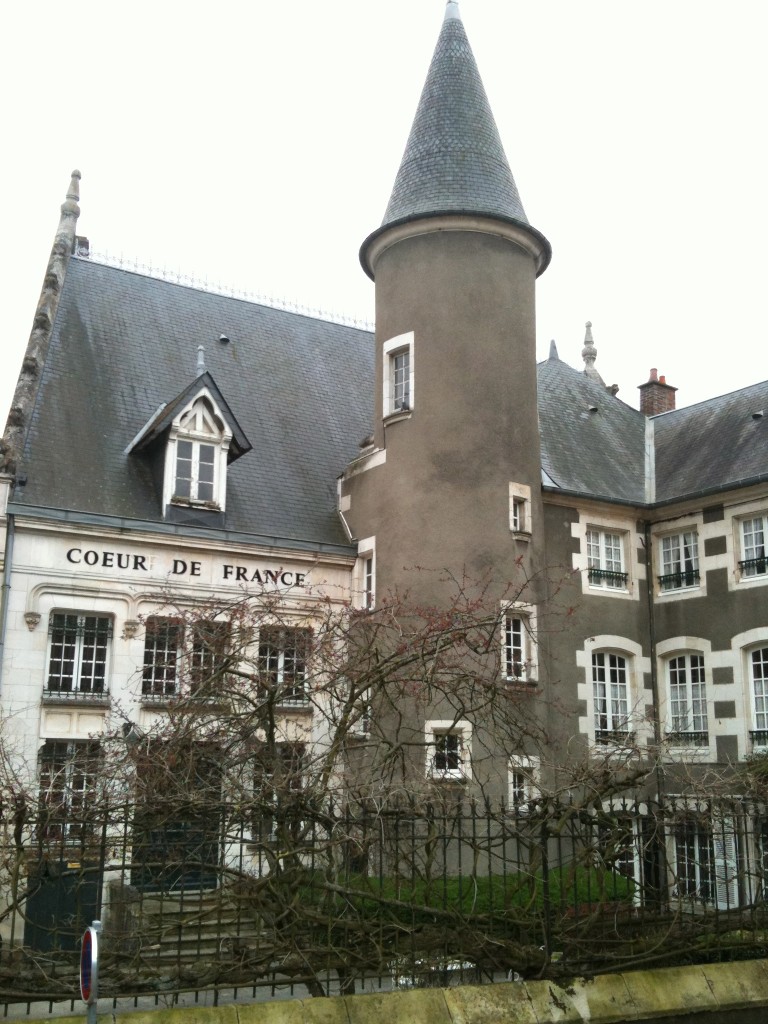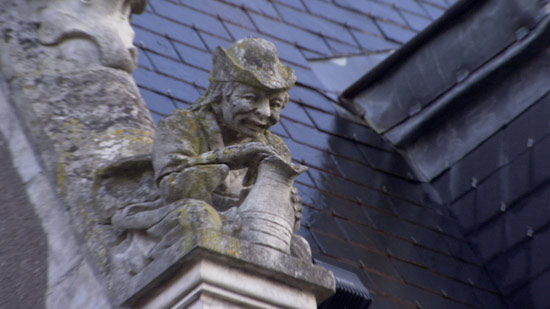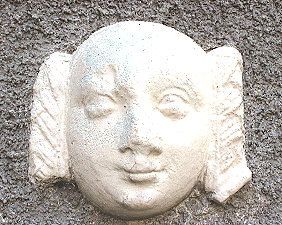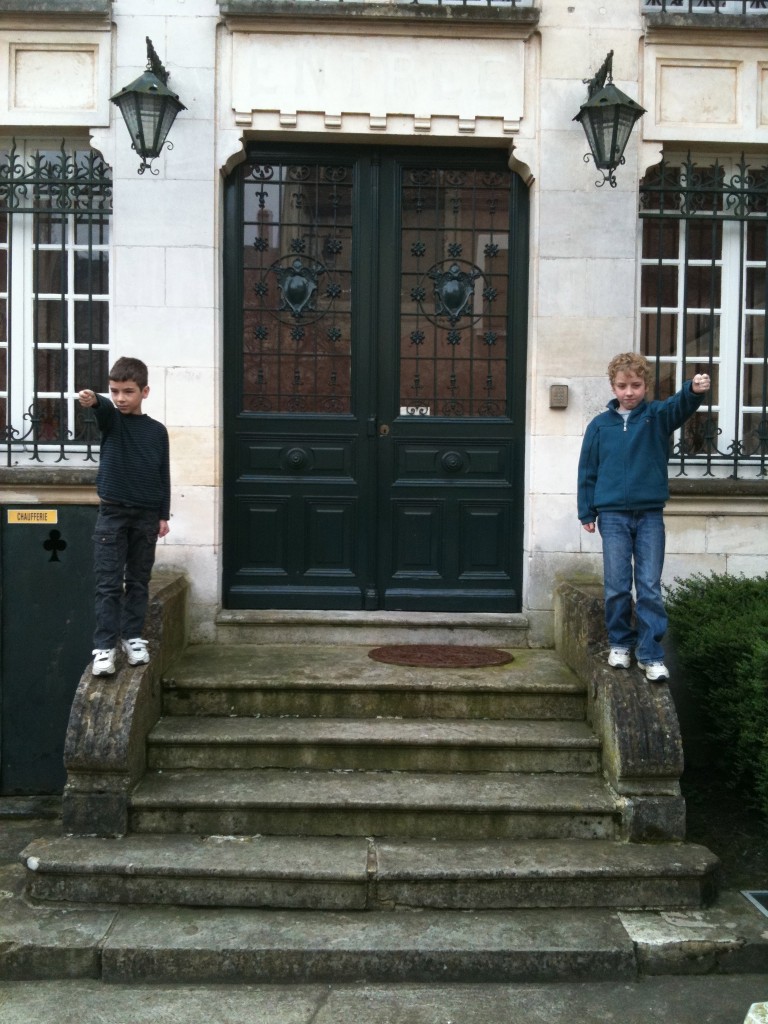Living in creaky history
 The building we live in was constructed around 1590. It has 20 rooms over three floors and is built on top of a huge underground cellar. There are some lovely features such as the Rapunzel-tower that houses the spiral staircase leading to our front door and cute carvings of wine makers and drinkers on the corners of the roof.
The building we live in was constructed around 1590. It has 20 rooms over three floors and is built on top of a huge underground cellar. There are some lovely features such as the Rapunzel-tower that houses the spiral staircase leading to our front door and cute carvings of wine makers and drinkers on the corners of the roof.

The house was built by the personal physician to the Prince of Conde. The Prince himself took up residence in 1621 while he supervised the destruction of Sancerre’s town walls. The walls were destroyed after the town rebelled against the crown with some, limited, success. To ensure that they could not hold out against a siege a second time, the King ordered the walls taken down. The town itself was relatively untouched even after months of cannon- and trebuchet-fire.
The Prince moved out when the walls came down and the house returned to the La Thaumassière family. It remained in the family’s hands until the middle of the 18th Century when it was bought by a local landowner. His daughter, married to Edourd MacNab (descended from Scots who came to France to fight the English during the 100 Years War), inherited. MacNab held some lovely aristocratic titles, but was a supporter of La Revolution.

In 1789, MacNab was in Paris during the fall of the Bastille and he brought back a souvenir: a sculpted stone head from the prison. The head is now embedded in the wall above the courtyard. MacNab also bought up some bit of local Catholic hermitage (which had been confiscated by the Revolutionary government). He incorporated these into the facade of the building.
At the end of the 19th Century the building went all commercial. It was purchased by a bank who undertook extensive renovations to ensure it had the gravitas expected of financial institutions in those days. The bank installed a lot of marble and a clock. And so it remained until 2001 when the bank moved to a far less interesting building at the foot of the hill.

The building was then bought by the Coeur de France Language School. There are classrooms on the ground floor and then three apartments on the upper floors. Even a brief look reveals some of the challenges faced by a modern renovation of such an old building. Internal heating and water pipes run along the walls because they can’t be dug into the old stone. The number of windows on the outside doesn’t match the number on the inside – they’ve been bricked over on the inside to create wall-space but remain on the outside to maintain the look of the facade. There’s a great deal of creaking as you walk and squeaking as you move doors and windows.
No matter, it all adds to the charm of living somewhere that was old before Australia was settled.